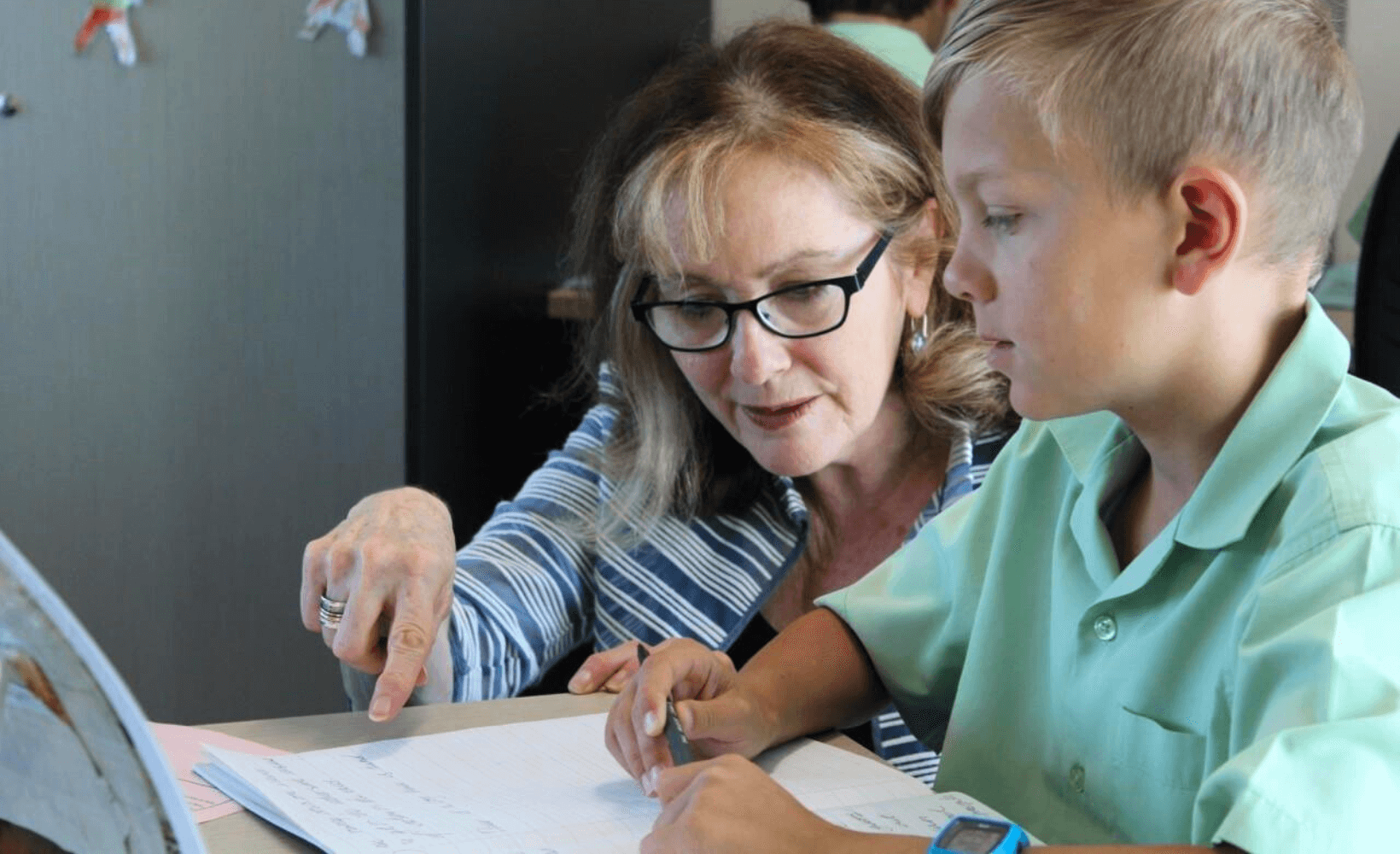Cognitive functions are critical in every thought that we have, in every action that we take each day, and in our emotions.
Whether we are engaged in a social interaction, planning our day, meditating, taking a walk, contemplating complex political theory, calculating change, or putting together furniture – we are using multiple cognitive functions. They are critical for operating in our lives.
Individual cognitive functions work together in neural networks when we learn, work and play.


If each function is working well, learning proceeds easily, if there is an area that is underperforming, it will have an impact on the activities and processes it is involved in – learning will take more effort and at times activities will be avoided.
Our unique cognitive profile shapes the path we take in life - the activities we are attracted to are those where our cognitive functions are operating well.
What happens when we read, write or do math? Various cognitive functions are required for social activities.
When participating in a social gathering, for example, these seven cognitive functions all play an essential role:
Learn how our cognitive functions play out in social interactions.
Of course, the use of cognitive functions doesn’t stop in the classroom. What about navigating through a building, the playground and a sports field? What does it take to make and keep friends?
Every action we take and thought we have is made possible by a combination of cognitive functions.
There are times when it is obvious that some cognitive functions, or a combination of functions, are not as strong as they should be.
It becomes evident in school, at work, in life tasks, and in social settings.
Some people are diagnosed as having learning disabilities (learning difficulties). Some are given more specific diagnoses such as Dyslexia (reading difficulties), Dysgraphia (writing difficulties), Dyscalculia (math difficulties), Non-Verbal learning disabilities, Memory difficulties, Auditory Processing Disorder, Executive Function Disorder (ADD/ADHD).

Learning disabilities, learning difficulties, or learning disorders are umbrella terms for a wide variety of learning issues. A learning disability is not a problem with intelligence or motivation.
In fact, many individuals with learning disabilities are bright – their brains are simply wired differently.
Arrowsmith understands that wiring: the neural pathways and networks responsible for learning, and issues with learning. We know learning disabilities are simply a combination of specific cognitive functions that are underperforming.
The good news is that, given cognitive functions are used across our lifetime, in everything we do, we can reap the benefits from strengthening these cognitive functions across our lifetime using the principles of neuroplasticity.
We can always tweak a cognitive function here and there, depending on our life’s goals which may change over our lifetime.
Want to be better at problem-solving? Quicker at mental math calculations? Go deeper on analytic tasks? Improve visualization in meditation? Enhance negotiation skills? Develop persistence, grit and adaptability? Be better at collaboration? Increase mental initiative? It is possible for as long as you want to keep your brain fit.
For decades individuals have transformed their cognitive profiles through the Arrowsmith Program - their cognitive profiles re-defined, their futures re-imagined.

About 1-½ years after completing the Arrowsmith program, an independent psychologist administered the Wechsler Adult Intelligence Scale-Revised. The IQ my daughter attained at this time was in the very superior range and 30 IQ points higher than she had tested before starting the Arrowsmith program, at which time she scored in the average range.
This student achieved level 3 and 4 in EQAO (standardized educational assessment in Ontario, Canada) testing after Arrowsmith; they are currently in grade 9 doing well and have been de-identified as being Learning Disabled.
If it wasn’t for Arrowsmith I probably wouldn’t have gotten closer to my dream. But it is not a dream anymore, it's reality. I have already started my flight training and it is going well for me.